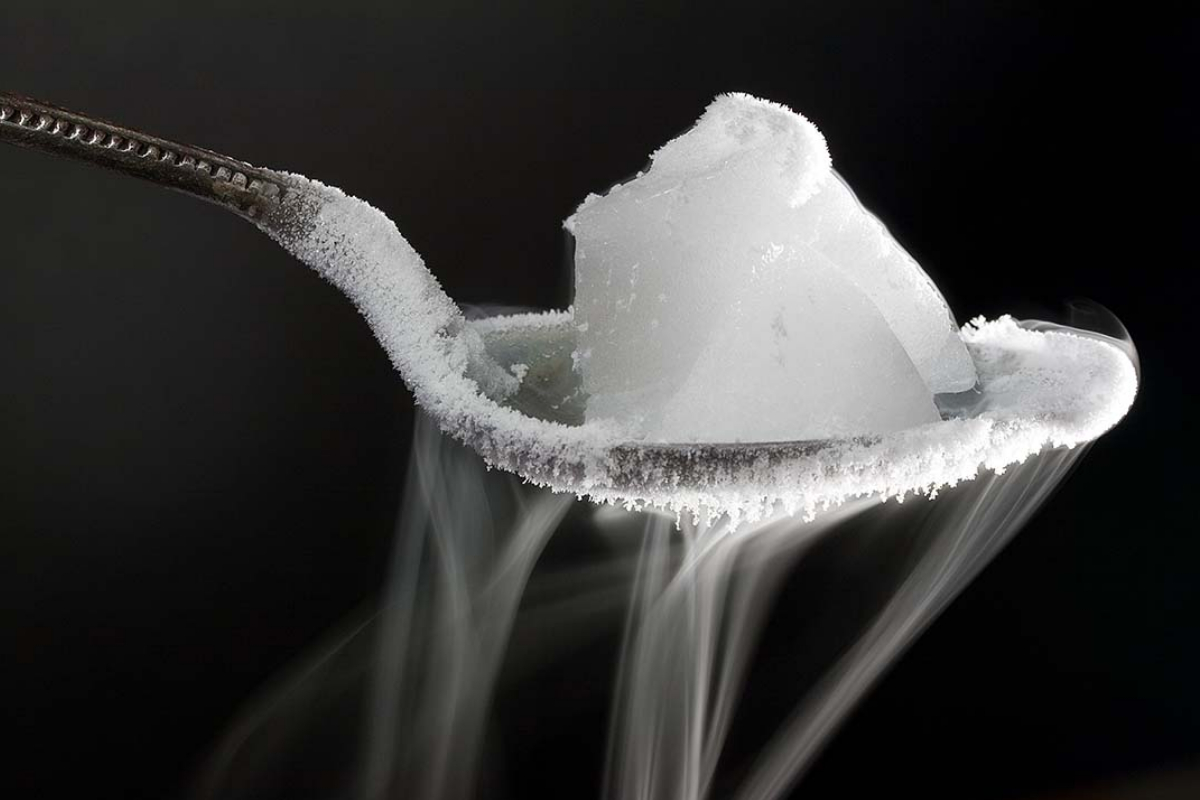- 19 hospitalized in Tennessee school’s dry ice experiment mishap.
- “Code Orange” alert cleared, all victims reported in good condition.
- Highlights need for strict safety in educational experiments.
In a harrowing incident at Vena Stuart Elementary School in Tennessee, a routine science experiment took a perilous turn, leading to the hospitalization of a teacher and 18 third-grade students on Friday morning. The calamity unfolded during a dry ice experiment conducted by an outside presenter, leaving several students feeling unwell after its completion.
According to reports by The US Sun, emergency services were alerted with a “Code Orange” at 9:30 am, indicative of a hazardous materials spill. However, the alert was lifted an hour later when the victims were admitted to Sumner Regional Medical Center in good condition, as confirmed by Sumner County Emergency Medical Services.
Sumner County Schools issued a statement explaining the circumstances of the incident. “Third-grade students at Vena Stuart Elementary were conducting routine science experiments with an outside presenter. One of the experiments included dry ice. After the dry ice experiment was completed, several students stated they were feeling ill,” the statement read.
In response to the students’ complaints, the school authorities, erring on the side of caution, promptly contacted Sumner County Emergency Services for assistance. Eighteen students and their teacher were transported to nearby hospitals as a precautionary measure. Fortunately, all individuals involved are reported to be stable and in good condition.
Parents of the affected students have been notified by the school, ensuring transparency and communication about the incident. The Gallatin Fire Department thoroughly assessed and ventilated the room where the science experiment occurred, taking necessary precautions.
Dry ice, commonly used in school science experiments for its ability to demonstrate chemical reactions, comes with safety guidelines. The substance can cause severe frostbite risks upon skin contact, and there is a potential for asphyxiation if environmental temperatures are not properly maintained. The safety guidelines caution that dry ice will sublime (change from solid to gas) at any temperature above -109°F.
This unfortunate incident underscores the importance of adhering to safety protocols during educational experiments, prompting a reevaluation of procedures to prevent such mishaps in the future. The school and emergency services acted swiftly to ensure the well-being of the students and teacher involved in the incident.
[embedpost slug=”/biden-mixes-up-macron-with-late-mitterrand-in-gaffe/”]





















